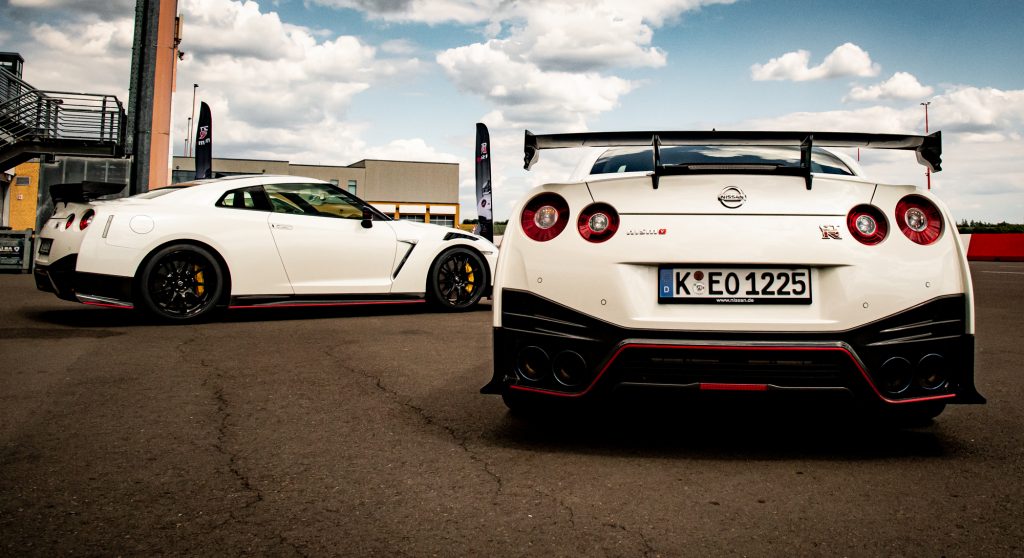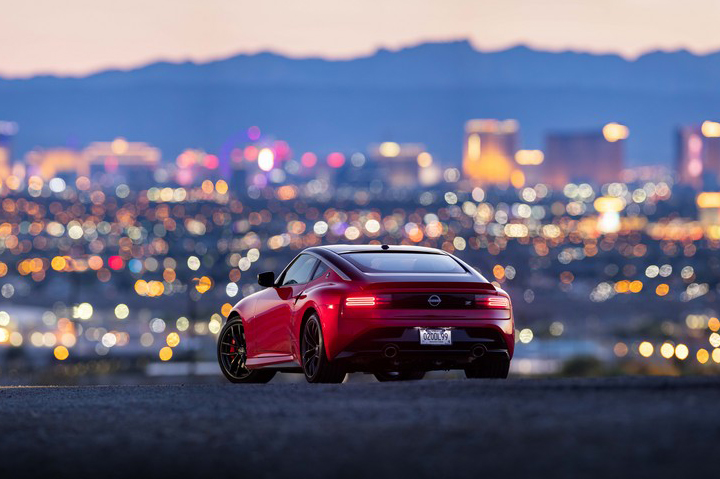Interview: Rachel Nguyen of Nissan
We talk about what’s next with the automaker’s Director of Advanced Planning
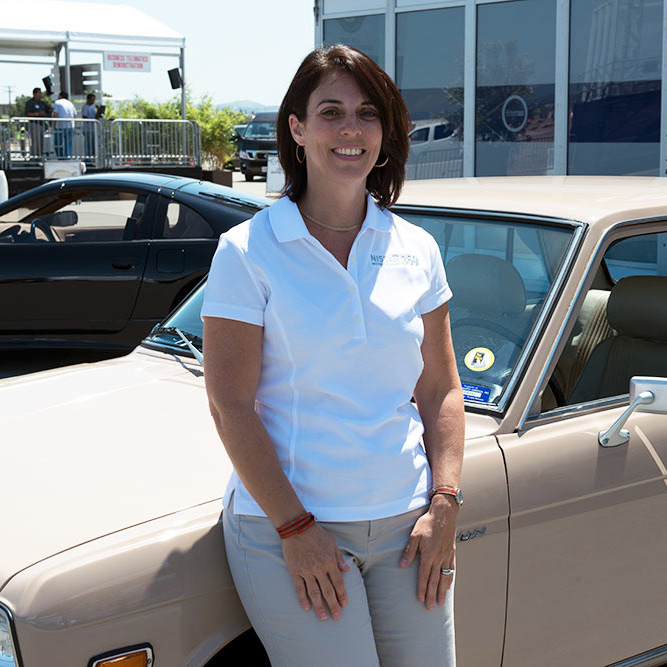
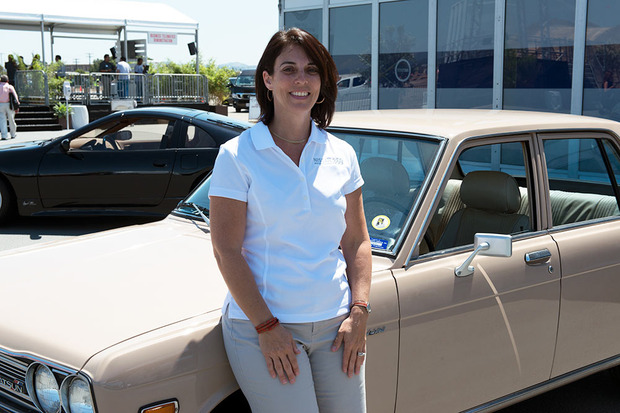
Last fall, Nissan introduced future mobility concepts developed by the company’s advances planning team. Among them was the Pedestrian on Wheels, a three-passenger sustainable vehicle designed to work in a fully planned new city (such as those that are currently being built in the Middle East), and We Latch, a car-sharing program designed for tourists that included a minivan-style interior that serves as a lounge when the vehicle is not in motion. On a recent trip to California, we spoke with Rachel Nguyen, Nissan’s Director of Advanced Planning, about innovation and future-thinking.
Evan Orensten: Thinking about the future and interpreting it for any brand is interesting. Given the long design and production timeline for cars, it’s even more compelling. Tell us what you’re thinking about.
Rachel Nguyen: I feel like we are on the cusp of some major changes in the automotive industry. The whole IT world entering into the car, that was the first bit that maybe caught automotive manufacturers off guard. We had all proprietary systems and they were-
EO: Old.
RN: Right. Some were good, some were bad and you could differentiate around them. Now, software developers have created better nav systems and—well, I think Nissan’s nav system was pretty good—but you know, there’s still software development beyond that and they can move much faster. And so that’s just one example of where our product has changed significantly, and how people use it has therefore changed significantly. [There’s still a lot] they can do in the vehicle, so it becomes way beyond a driving machine, especially for young people.

EO: I think what you’re doing with the new Datsuns is really interesting. You’re not even installing entertainment and nav systems, just speakers and a connection to the customer’s phone. This saves money, of course, but it also recognizes that that’s really all that consumers want anyway, just to plug in their own up-to-date device and have it work with their car.
RN: Our job is to make sure that it’s used safely in the car and not just drafted by it, so we have to have a clean environment for that use. I think the exciting stuff that we’re doing is how do you connect all the information sensors inside the car to other parts of your life. All that tailoring of a driving experience could be new.
EO: Do you feel that people will be more or less engaged with their cars in the future?
RN: I think there’s a lot that is happening with the vehicle becoming more than about driving. It’s women, it’s young people, but we could also kinda find ways to make driving exciting again.
When you think about the number of mega cities we’re going to have 30 years out, urbanization and what people need in the city—no matter their life stage—is different. I feel we have to start thinking about what are the most ideal mobility systems for our customers, products and our organization. The other big news is how autonomous vehicles will come in to play then.
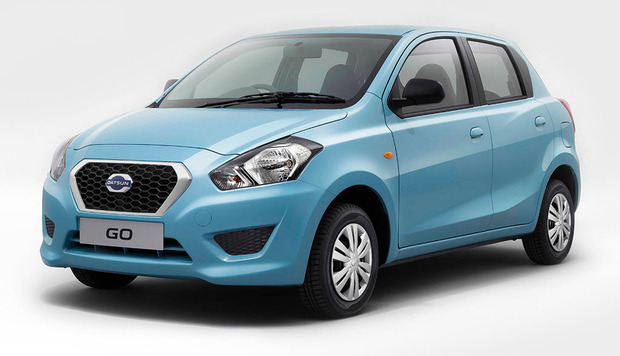
EO: Autonomous driving is here already, technically at least. And it’s clear that it will have a profound role and impact in how we use our cars in the future.
RN: There’s technology going that’s great, and exciting, and there’s all this changing behavior and attitudes. What my group does is work on how do these connect into this future? Where does Nissan do it in a way that’s true to our brands, and how do we differentiate it? A lot of it comes down to the business model behind it, too. It won’t just be a product to be sold. There will be services surrounding them and, therefore, what is that business model? Who are we partnering with?
EO: Do you find it challenging organizationally to take people out of the everyday? Do you find it hard to get the mindshare of saying today and tomorrow are critical, but we also need to spend some time thinking about five years, 10 years and, like you’ve said, 30 years out.
RN: I think when you come in and start talking about the future, for many executives it’s a breath of fresh air. It’s not the day-to-day grind, so I think from the interest level you can always capture the executives’ attention. Most people in the company also like to think about what could change or the what-ifs. It’s my job to make sure that we can describe something about the future that can be realized, even though it might not be 100% clear. We have to do it in a way that ultimately shows the company that it’s a tangible path forward… And the companies that can do that, I think, succeed.
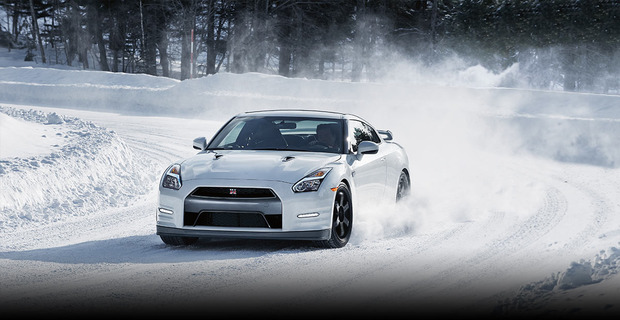
EO: How do you do that?
RN: It’s throwing out a lot of ideas. Some are wild and crazy and don’t make sense. But it’s just pushing out the thinking. We do a lot of that… You have to balance that with things which seem more real and get traction. The most important thing is how you collaborate, and making sure you’re engaging the right people who can inform that concept or idea that’s far out there with some real world realities.
EO: I imagine, similar to us, you’re constantly surveying things all over the world and across all categories, not just automotive. Where do you make those discoveries? Are you always online? Are you traveling? How do you survey and then synthesize what you are seeing?
RN: A lot of our job is sensemaking. A lot of it is getting out and experiencing things. We scan published information, public information, but then it’s also getting out and doing things. We’re at conferences exposing ourselves to experts, learning from Cool Hunting what’s going on…all that stuff is absorbed.
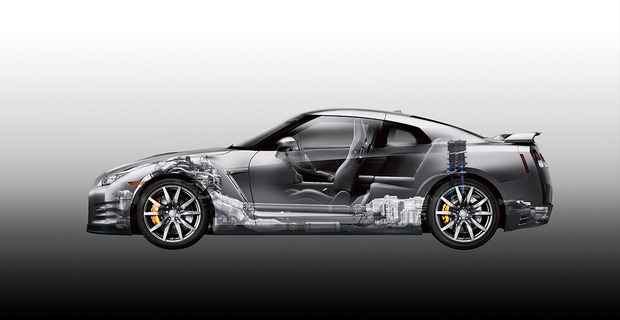
EO: Thanks for the plug.
RN: [Laughs] Then we try to structure it. When we talk about mega cities of the future, for example, where is an ideal place to go visit and to really walk around, and observe and experience how things are coming together firsthand? Then you have to take all that in different chunks and make sense of it. That’s a talent, I think—conveying it to our designers and engineers, then together making sense of it.
Sometimes you can make sense of it through scenarios, or you could make sense of it through just a forward picture of some kind of target customer profile in the future. There are a lot of tools that you can use, but it’s critical to make sense of it. We go all over the world and find the best examples that we can. And sometimes they’re just local. Sometimes I learn a lot by going and seeing what this community in my neighborhood is doing. And other times it’s bigger things. That’s probably how you do it, right?
EO: I like your description of sensemaking. For us I think it’s a bit easier. We’re not looking for trends though sometimes you can’t help but see them. We’re looking for things that inspire us as an edit team, and hopefully will inspire our readers. There’s a lot of pitching from the team, readers, publicists, friends you saw at an event the night before. And most of what we do is say it’s not interesting or inspiring enough. For every story we publish there are many that don’t make it out of the edit meeting. We don’t have the harder job of synthesizing it.
RN: Yeah, so sensemaking is a little bit different. It’s connecting the dots and asking: How is that relevant to our industry? Our business objectives?
EO: We like to feel like we’re part of community providing materials for the sensemaking people, like you. Here’s a bunch of stuff that is on our radar and we think maybe it should be on yours.
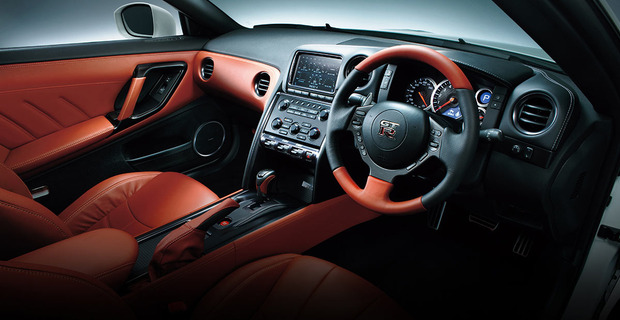
RN: Mm-hm, yeah, I think it is. Early in my career I worked in consulting, and I think that job would be hard if you’re not inside a company. I think it is so specific to the culture and the brands and the way in which the company works. There is a specific way that Nissan works. And I think that’s hard to understand unless you’ve been a part of it.
EO: And when you say Nissan you still think about all the brands, you’re thinking…
RN: Yeah. I’m talking about how advanced engineering, advanced design, advanced planning work together in my case.
EO: Yeah, that’s really interesting. We need to have a longer conversation.
RN: Okay, yeah, you need to go drive your GT-R.
EO: Yeah, I gotta go drive that GT-R!
Portrait by Evan Orensten, all other images courtesy of Nissan
